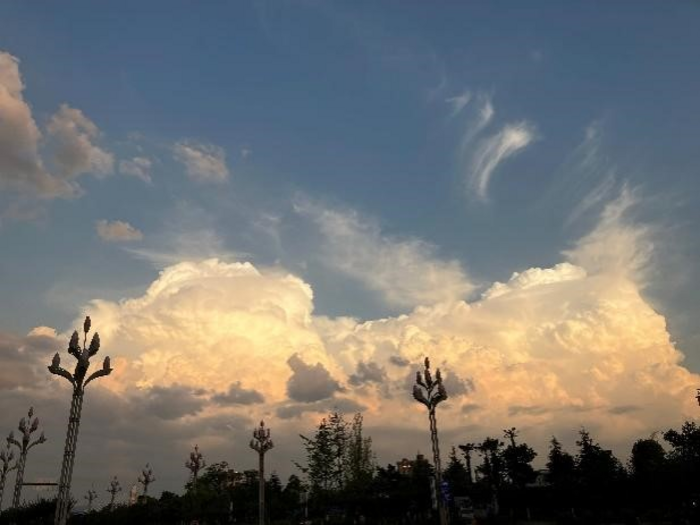General circulation models play an important role in researching and predicting climate change, and so assessing their performance as they are developed and refined is hugely important. Climate “memory” is a well-known concept in climate science. It refers to the effects of slowly responding subsystems (e.g., the ocean) to the state of the climate in the future. Long-term memory characteristics in air temperature series are widely used to evaluate model performance. However, the most recent, state-of-the-art models, i.e., those included in the latest phase (phase 6) of the Coupled Model Intercomparison—an international effort to improve climate models by comparing their outputs with observations—have yet to be comprehensively evaluated in this way.

Credit: Linzhi Li
General circulation models play an important role in researching and predicting climate change, and so assessing their performance as they are developed and refined is hugely important. Climate “memory” is a well-known concept in climate science. It refers to the effects of slowly responding subsystems (e.g., the ocean) to the state of the climate in the future. Long-term memory characteristics in air temperature series are widely used to evaluate model performance. However, the most recent, state-of-the-art models, i.e., those included in the latest phase (phase 6) of the Coupled Model Intercomparison—an international effort to improve climate models by comparing their outputs with observations—have yet to be comprehensively evaluated in this way.
To help address this knowledge gap, the long-term memory in the land surface air temperature series of 60 such models was evaluated by the group of Dr. Fenghua Xie from the China University of Geosciences, Wuhan, China, with an observational dataset as the reference. Their findings have recently been published in Atmospheric and Oceanic Science Letters.
At the global scale, it was found that the models can successfully reproduce the long-term memory characteristics in temperature series, with 38 models performing well in simulating the long-term memory of the global-mean temperature. It terms of latitudinal distribution, the long-term memory is strongest near the equator, and the Southern Hemisphere shows a stronger memory than the Northern Hemisphere. This variation with latitude was reflected in all 60 models, but two models in particular (the latest models from France’s Centre National de Recherches Météorologiques and the UK Met Office’s Hadley Centre) performed the best.
At the regional scale, significant differences were found in the equatorial and coastal regions, either when comparing the observations with each individual model or the ensemble mean of all 60. Further analysis revealed that these biases may be rooted in the imperfect simulation by the models of the coupled processes between the oceans and atmosphere, such as Max Planck Institut’s model had a period of less than 8 years while it could not be found in the observation.
“The phenomenon of long-term memory in temperature series is of great significance to climatic prediction and the study of climate change”, says the corresponding author of the study, Dr. Xie. “Therefore, the simulation biases related to long-term memory may be one of the sources of uncertainty in regional climate change”.
Journal
Atmospheric and Oceanic Science Letters
DOI
10.1016/j.aosl.2022.100291
Article Title
On the long-term memory characteristic in land surface air temperatures: How well do CMIP6 models perform?
Article Publication Date
17-Oct-2022




